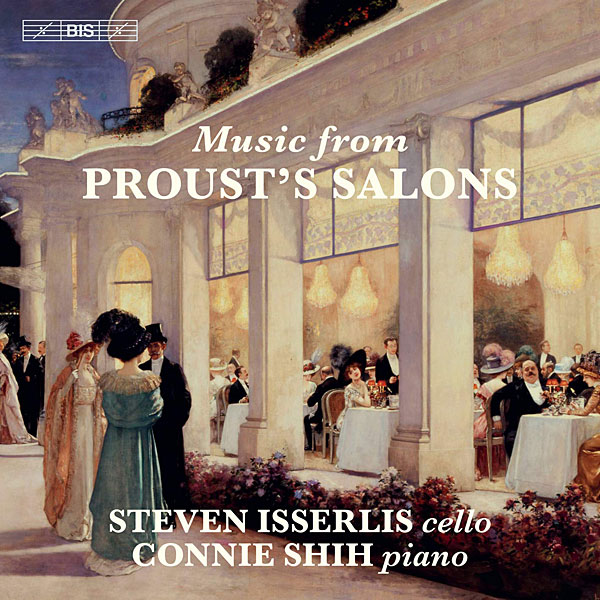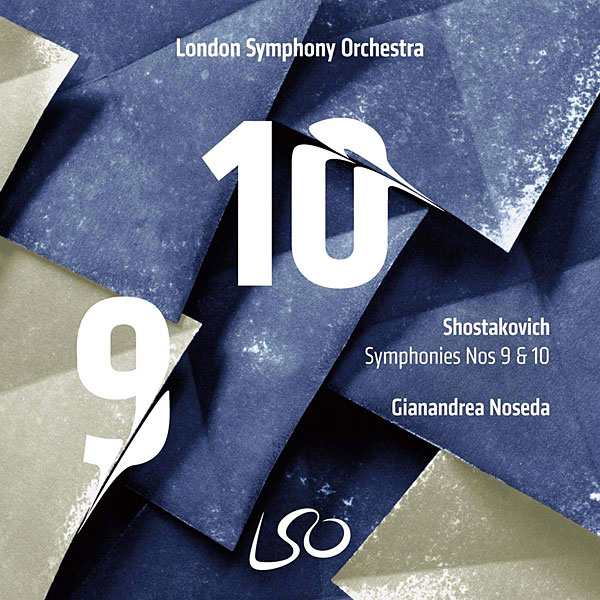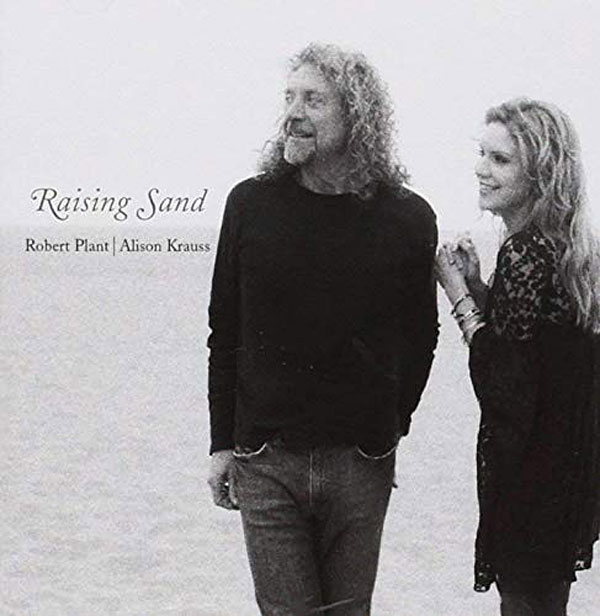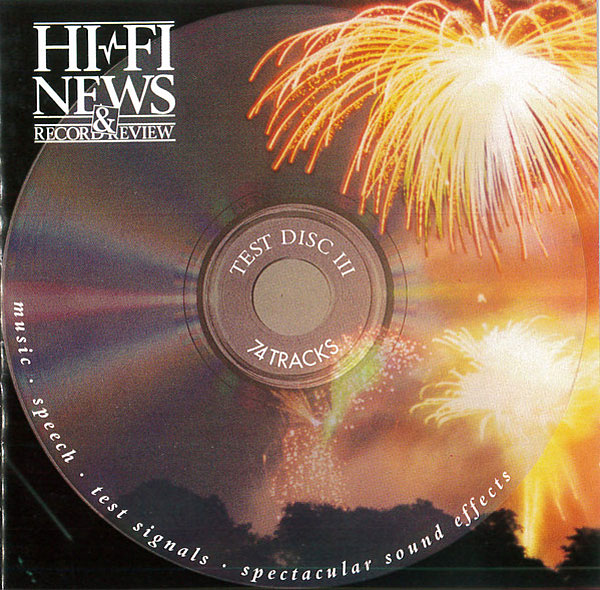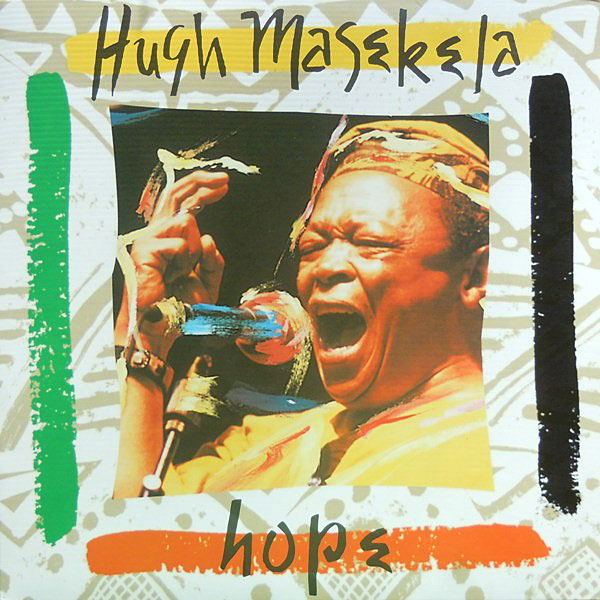| Columns Retired Columns & Blogs |
There is a pdf of the December 1975 issue of "Wireless World" here. The article "Current Dumping Audio Amplifier" is on pages 560-563. There are responses at the end of the issue. Search on the page for "walker".
https://worldradiohistory.com/UK/Wireless-World/70s/Wireless-World-1975-12.pdf
